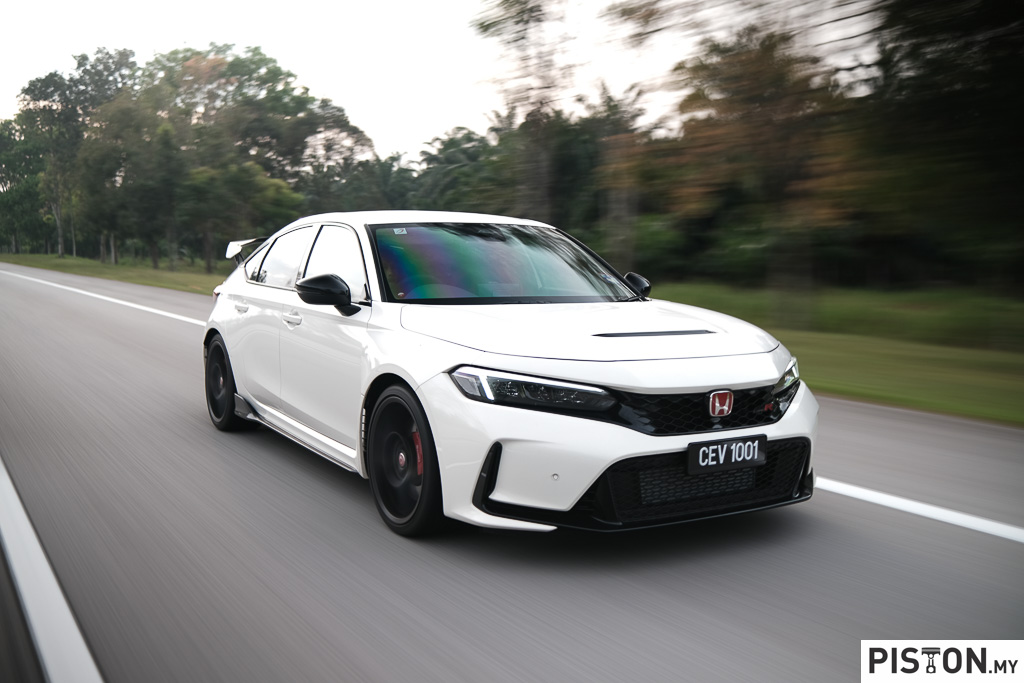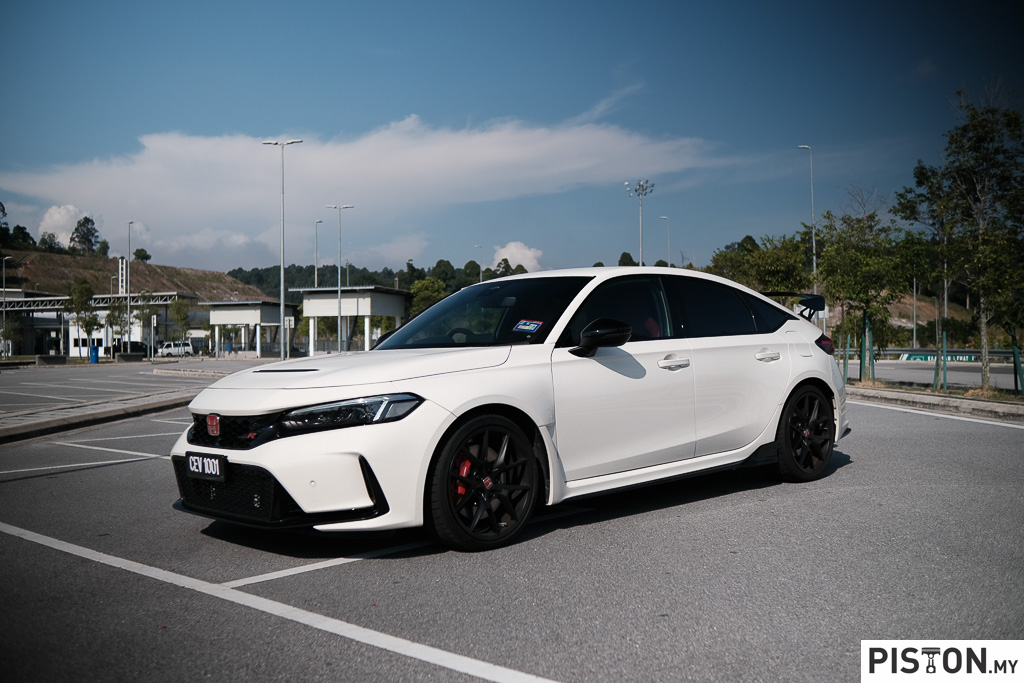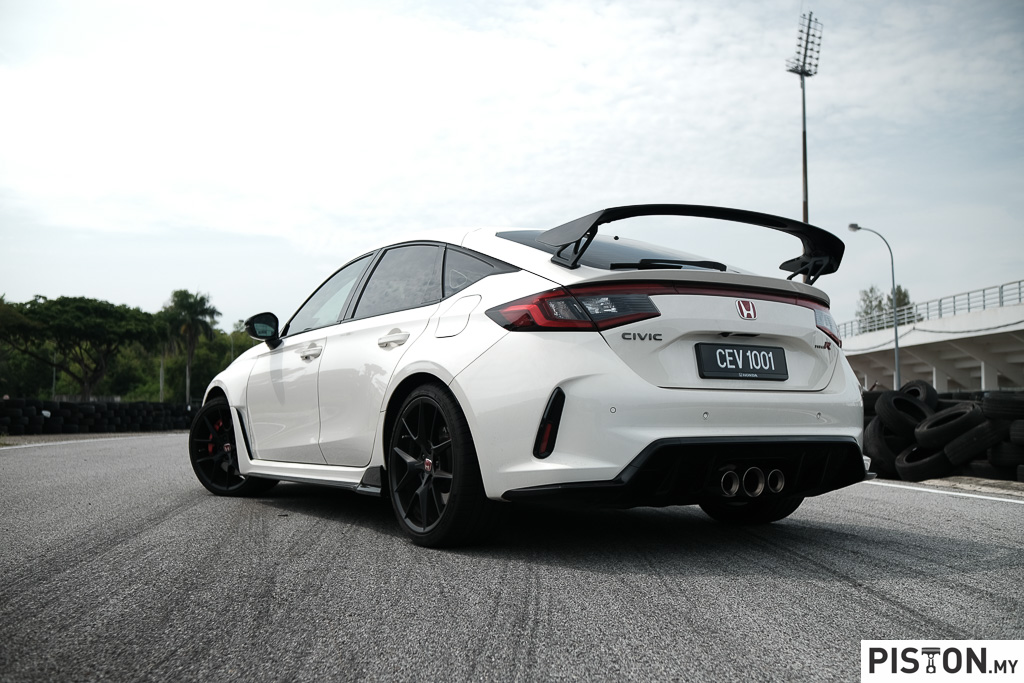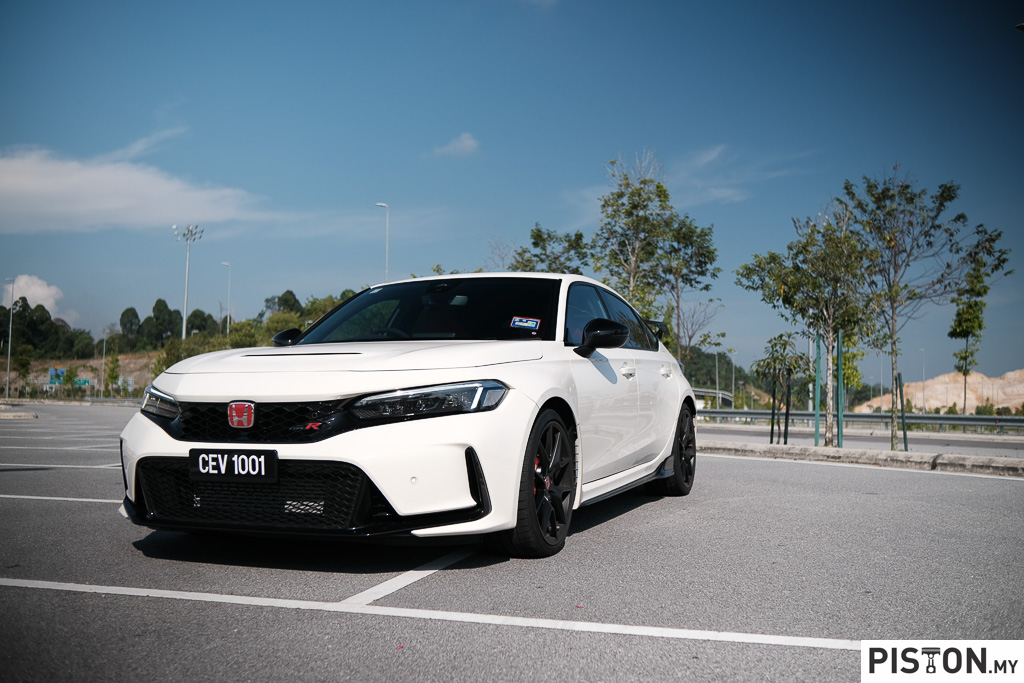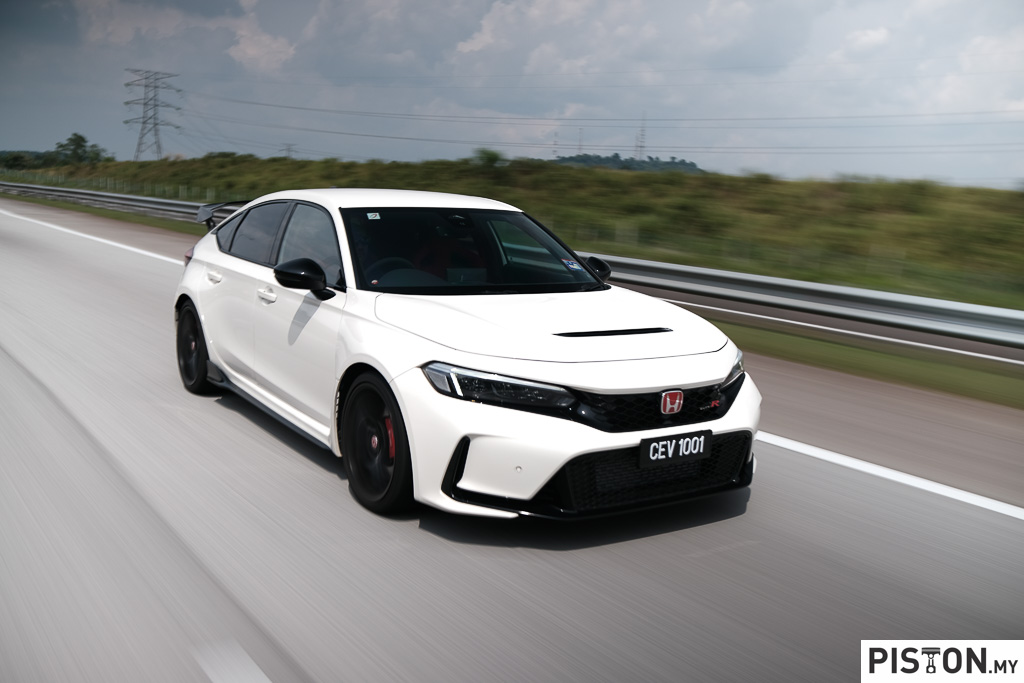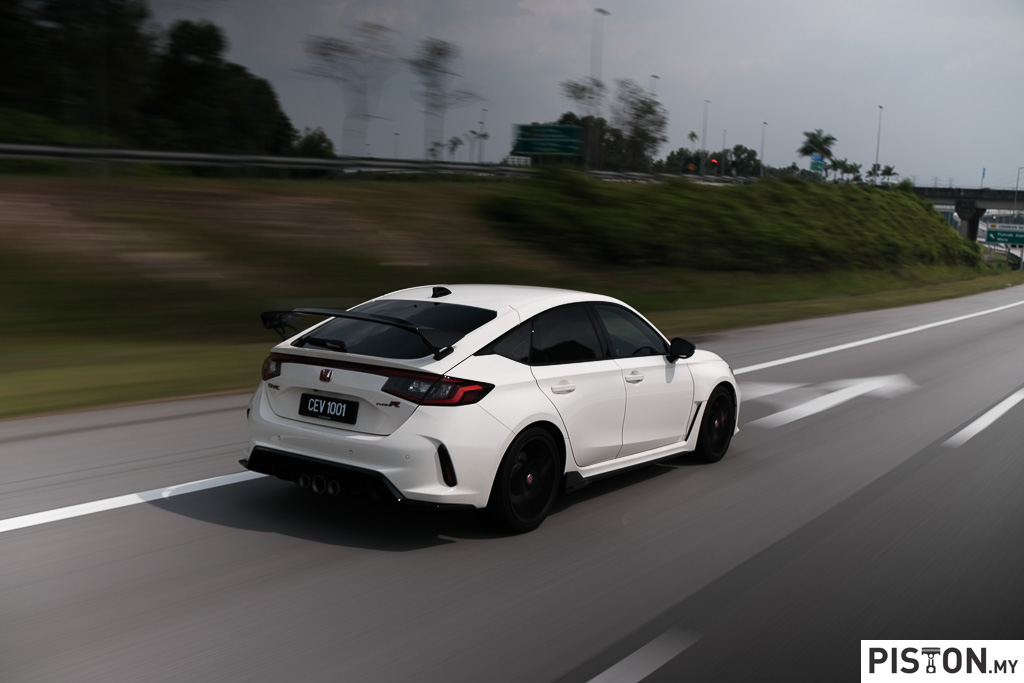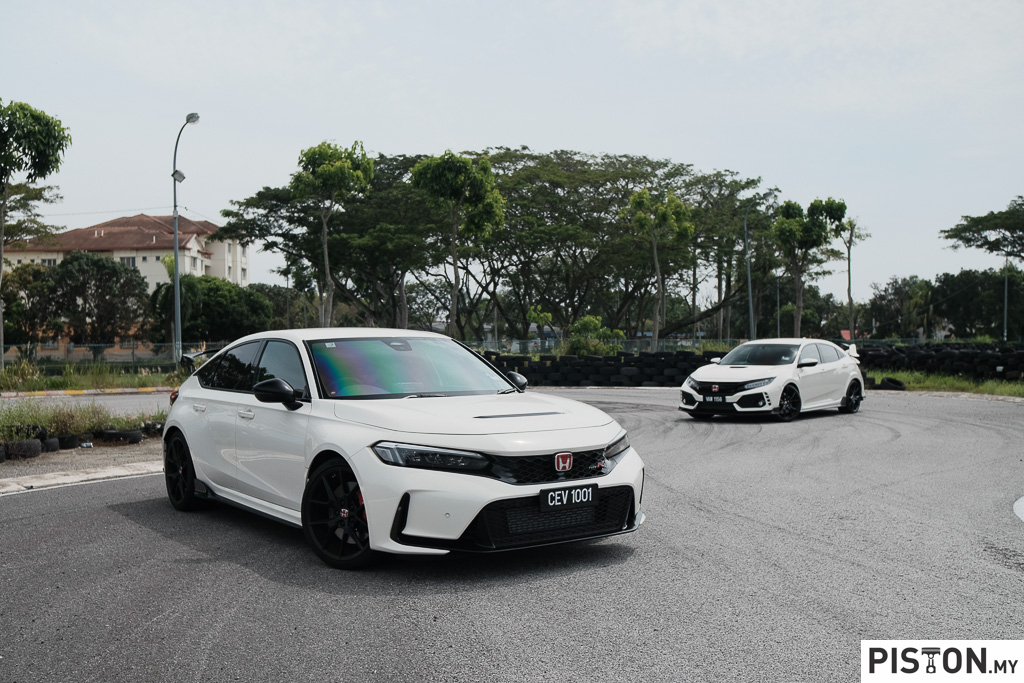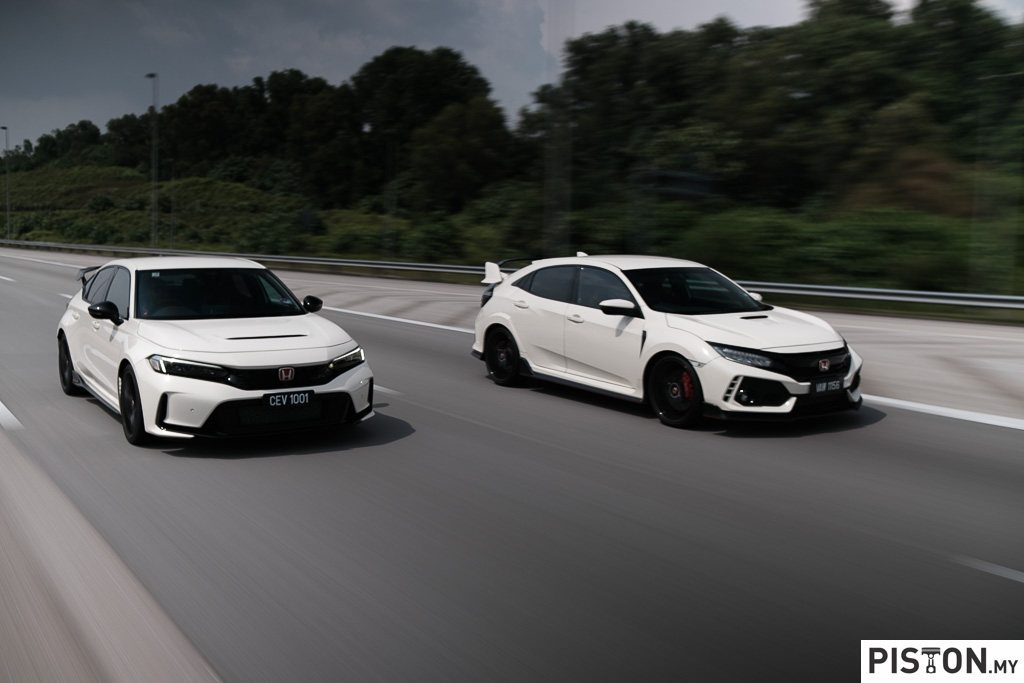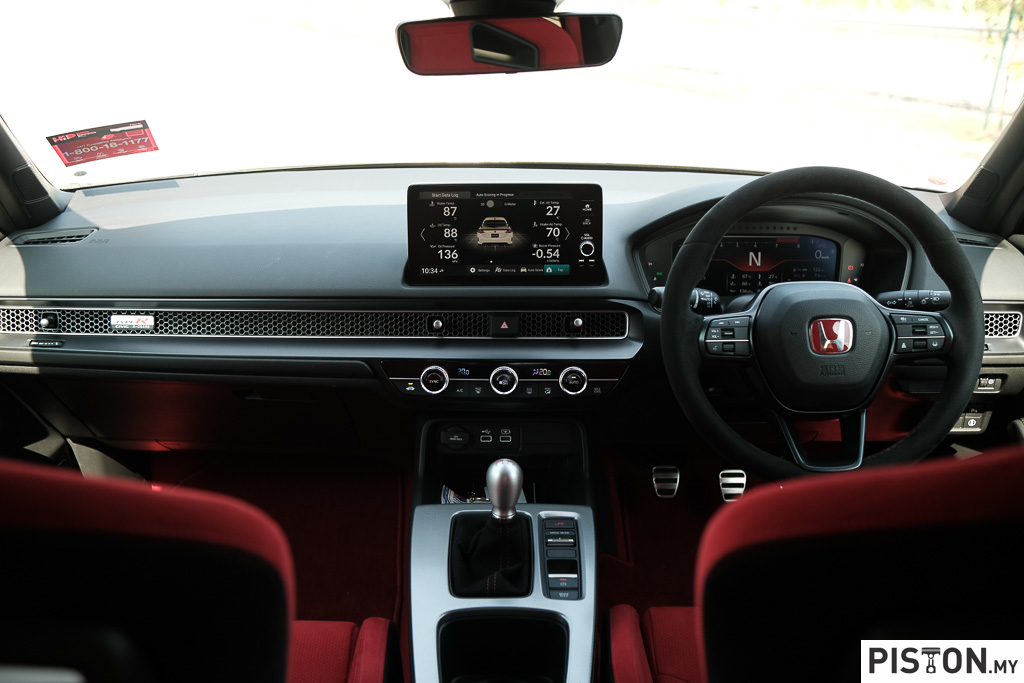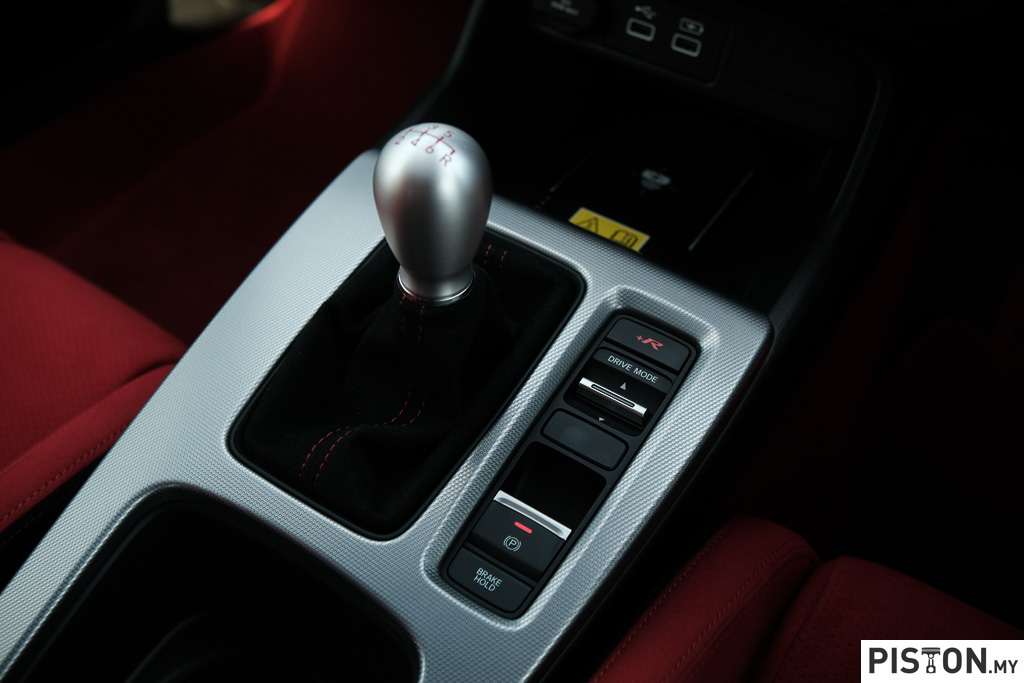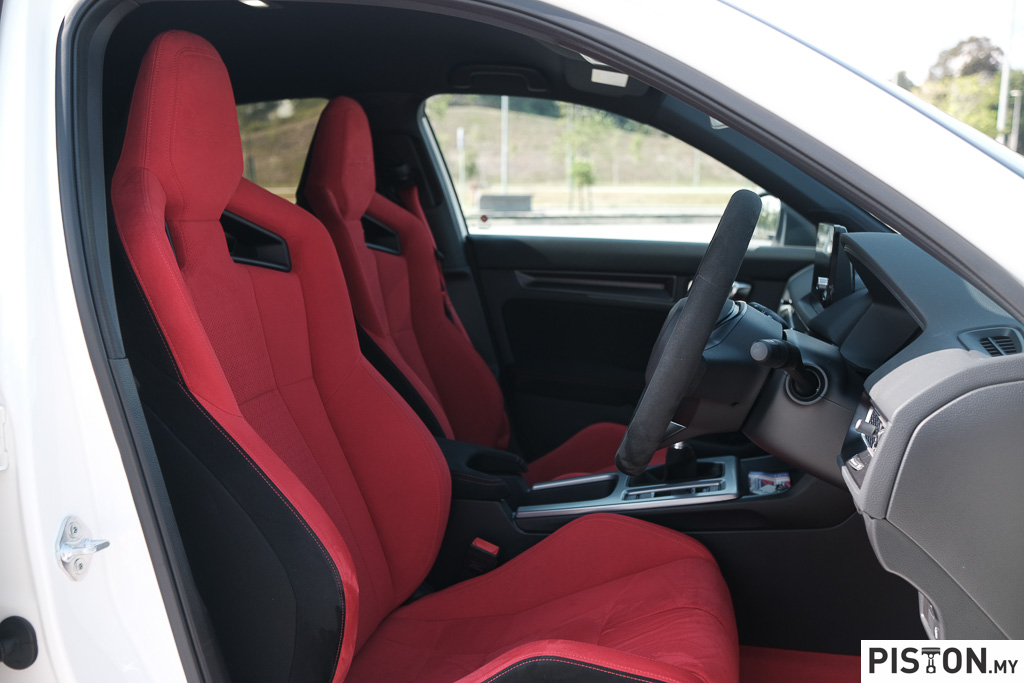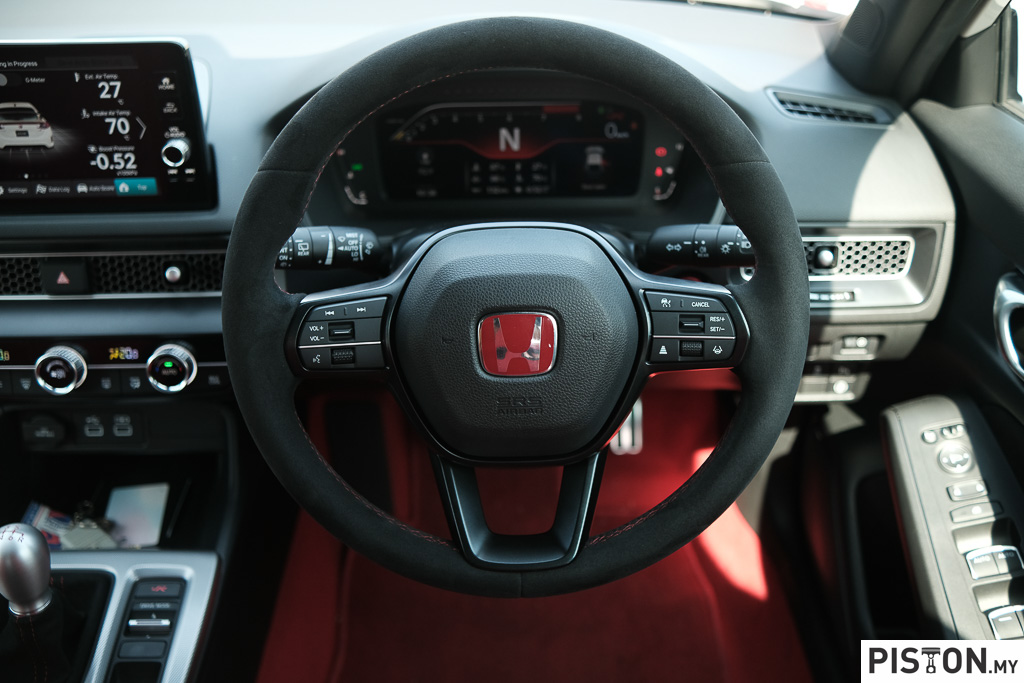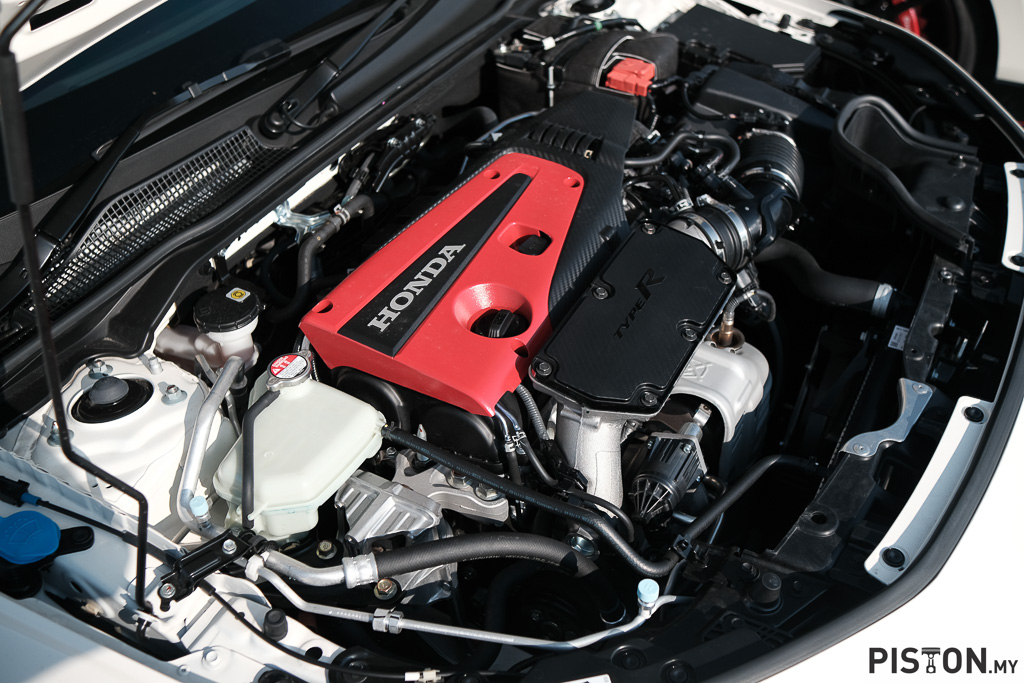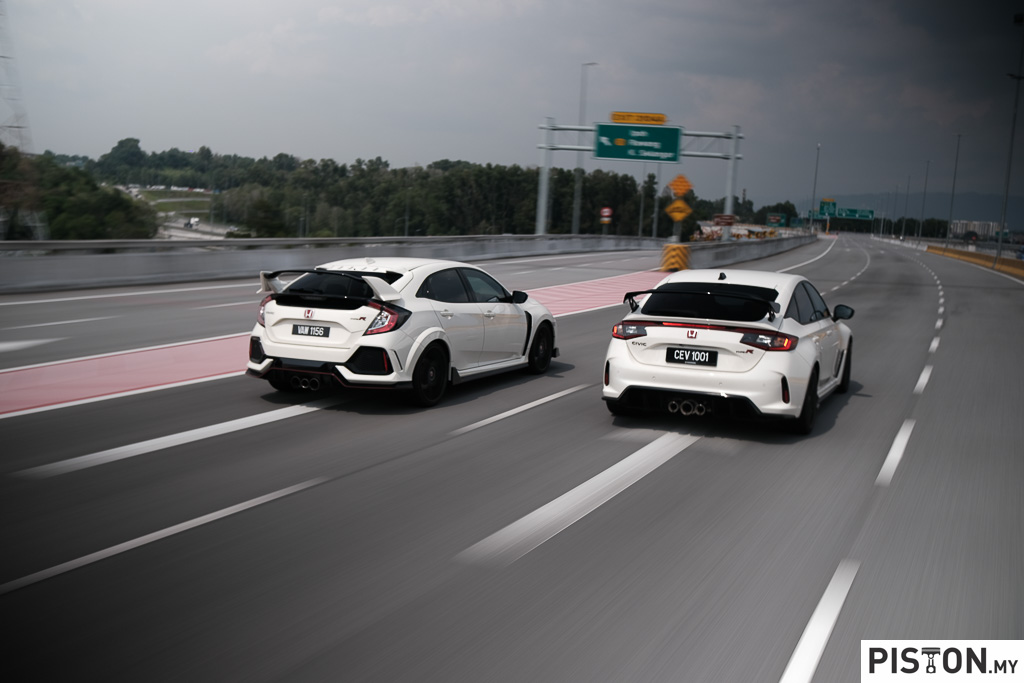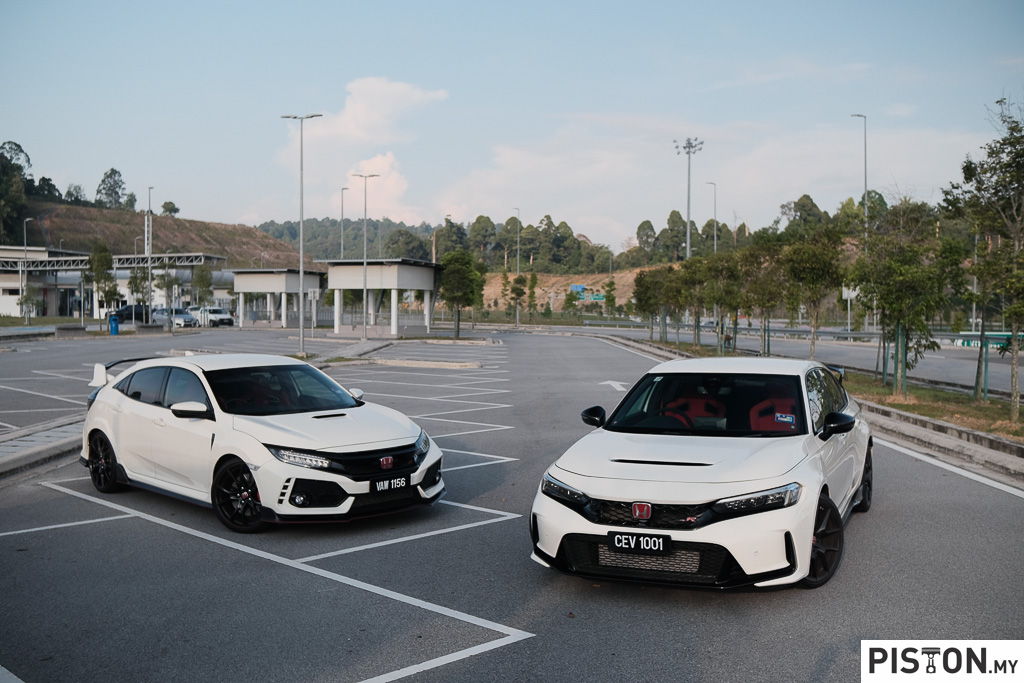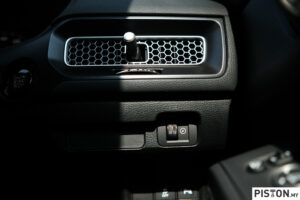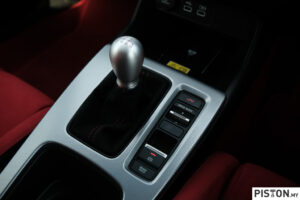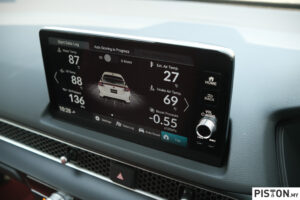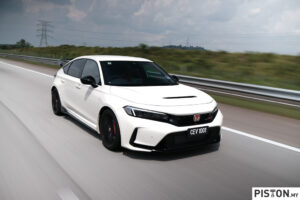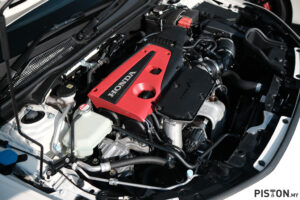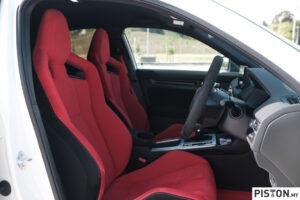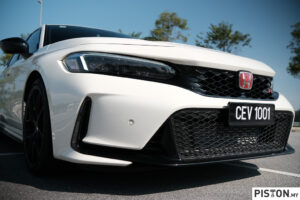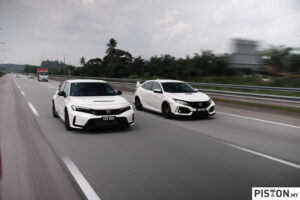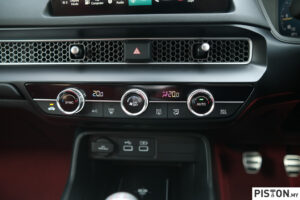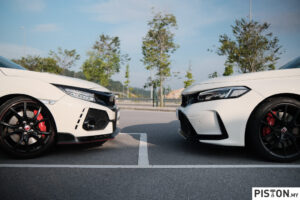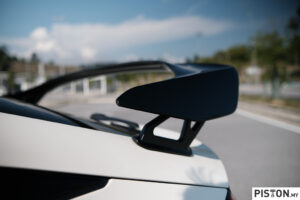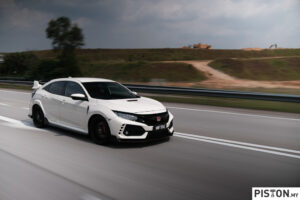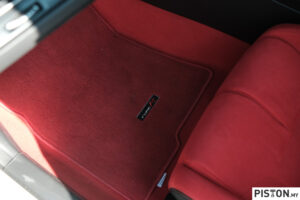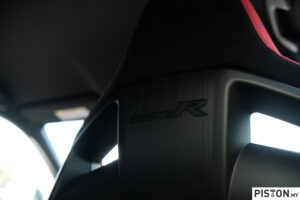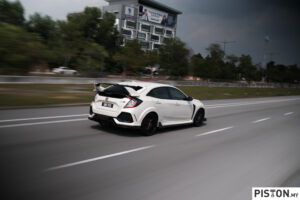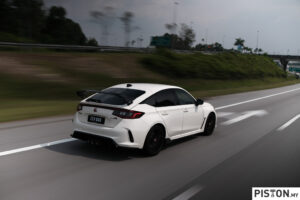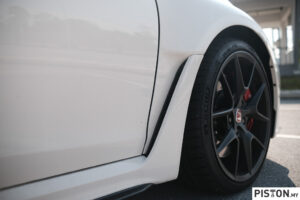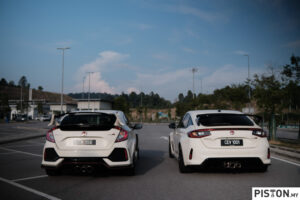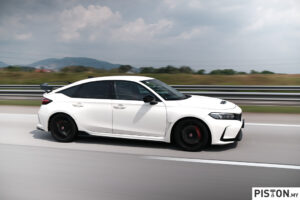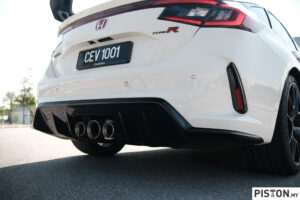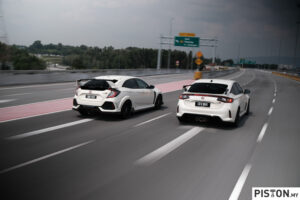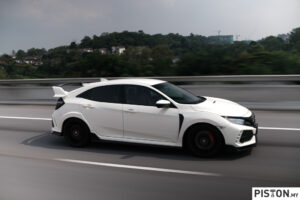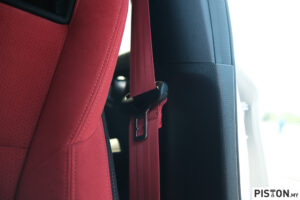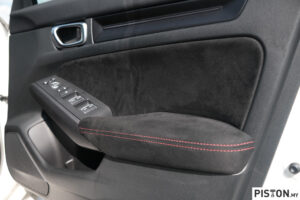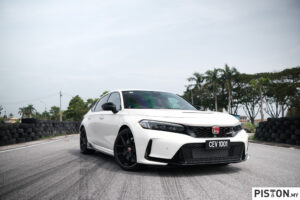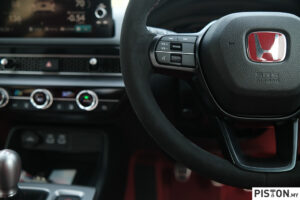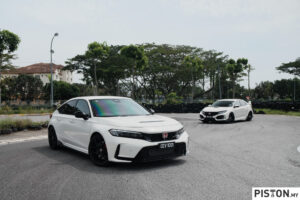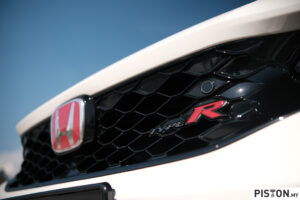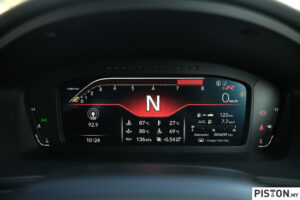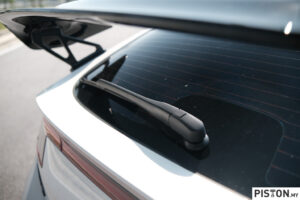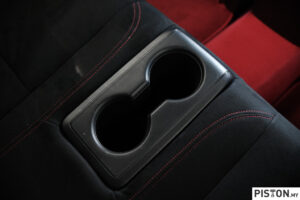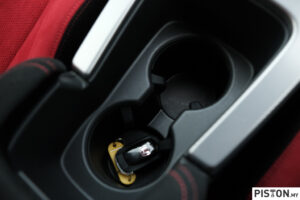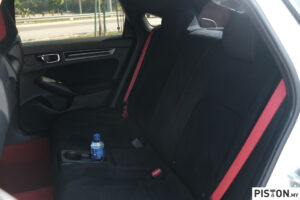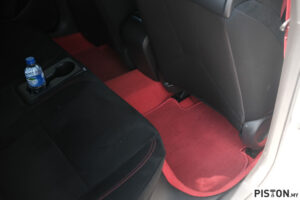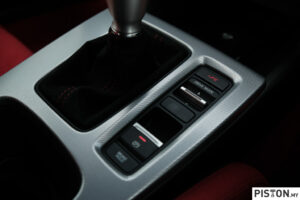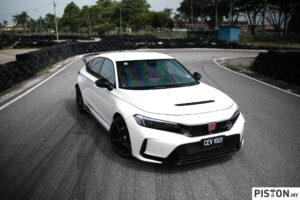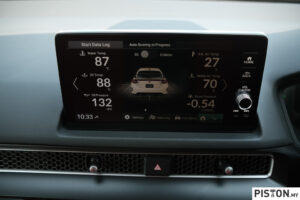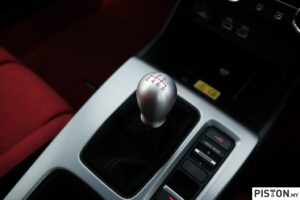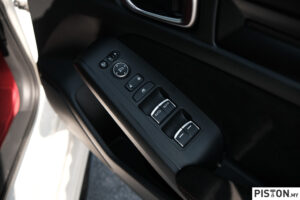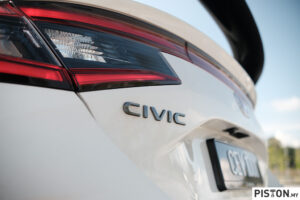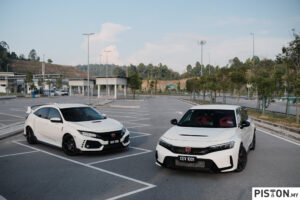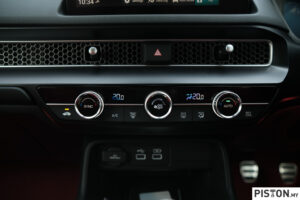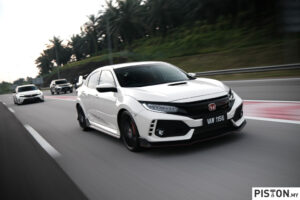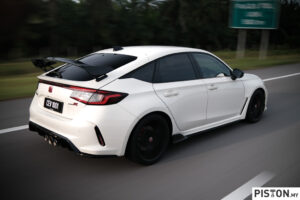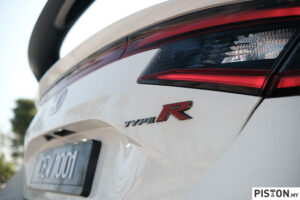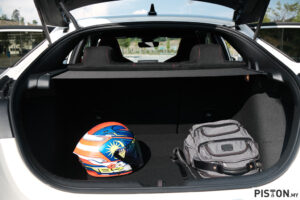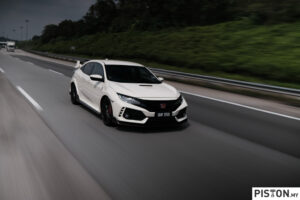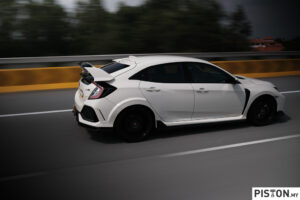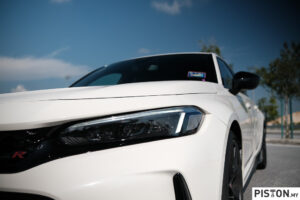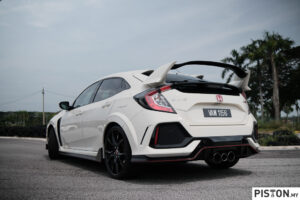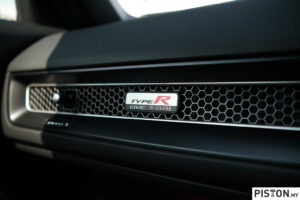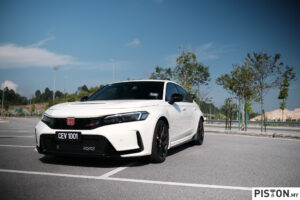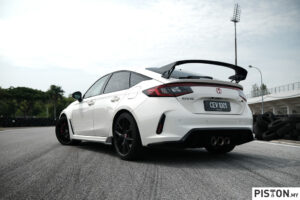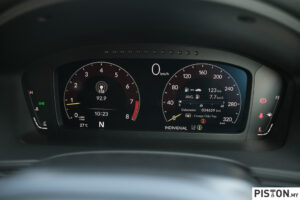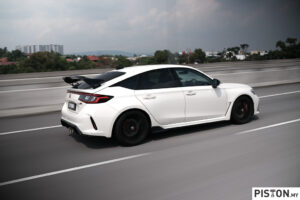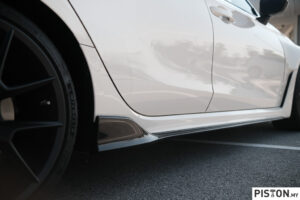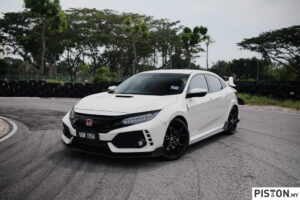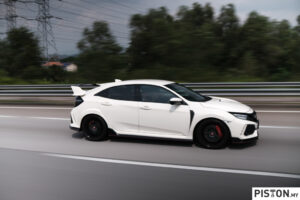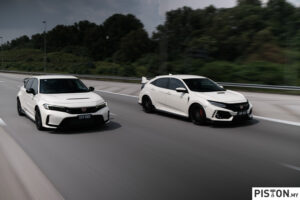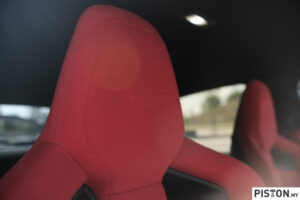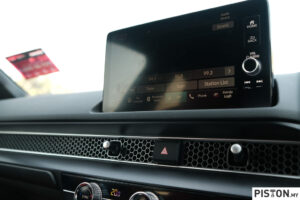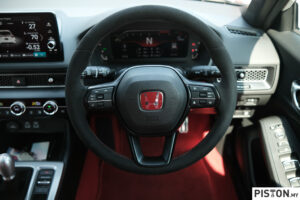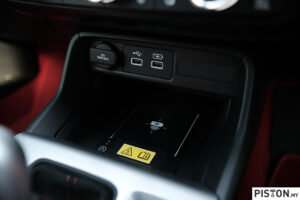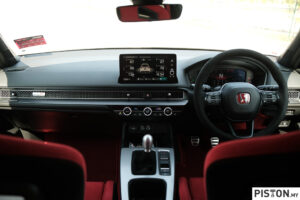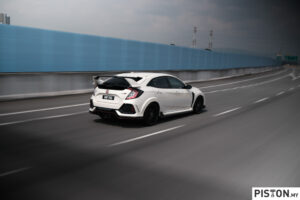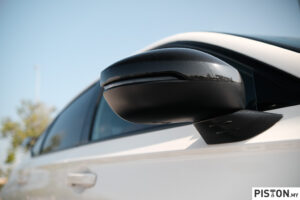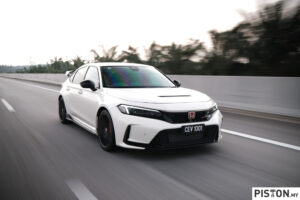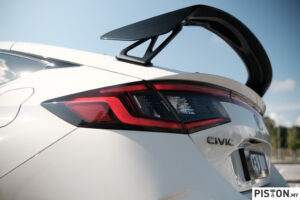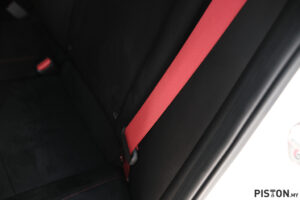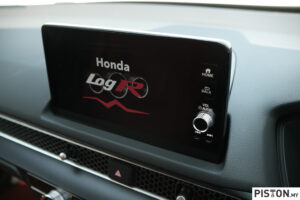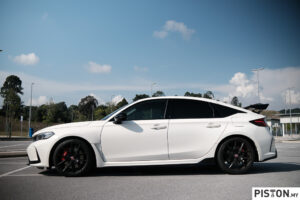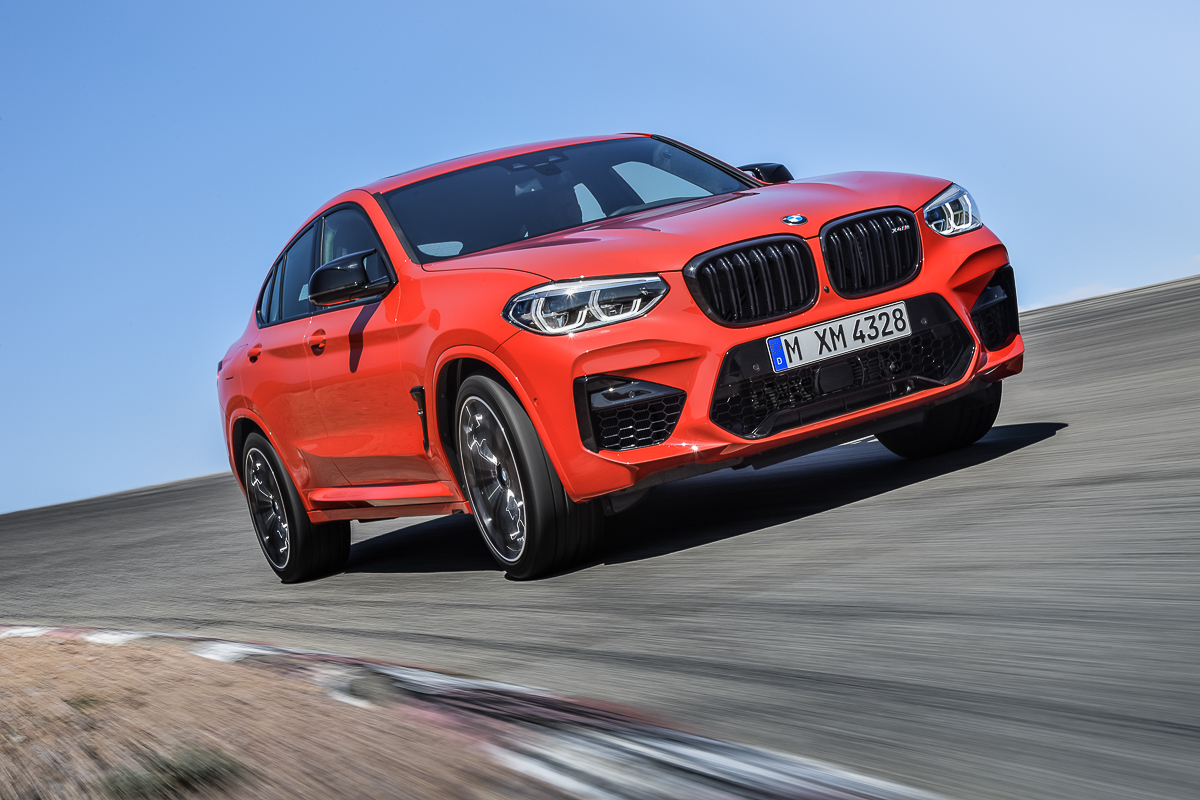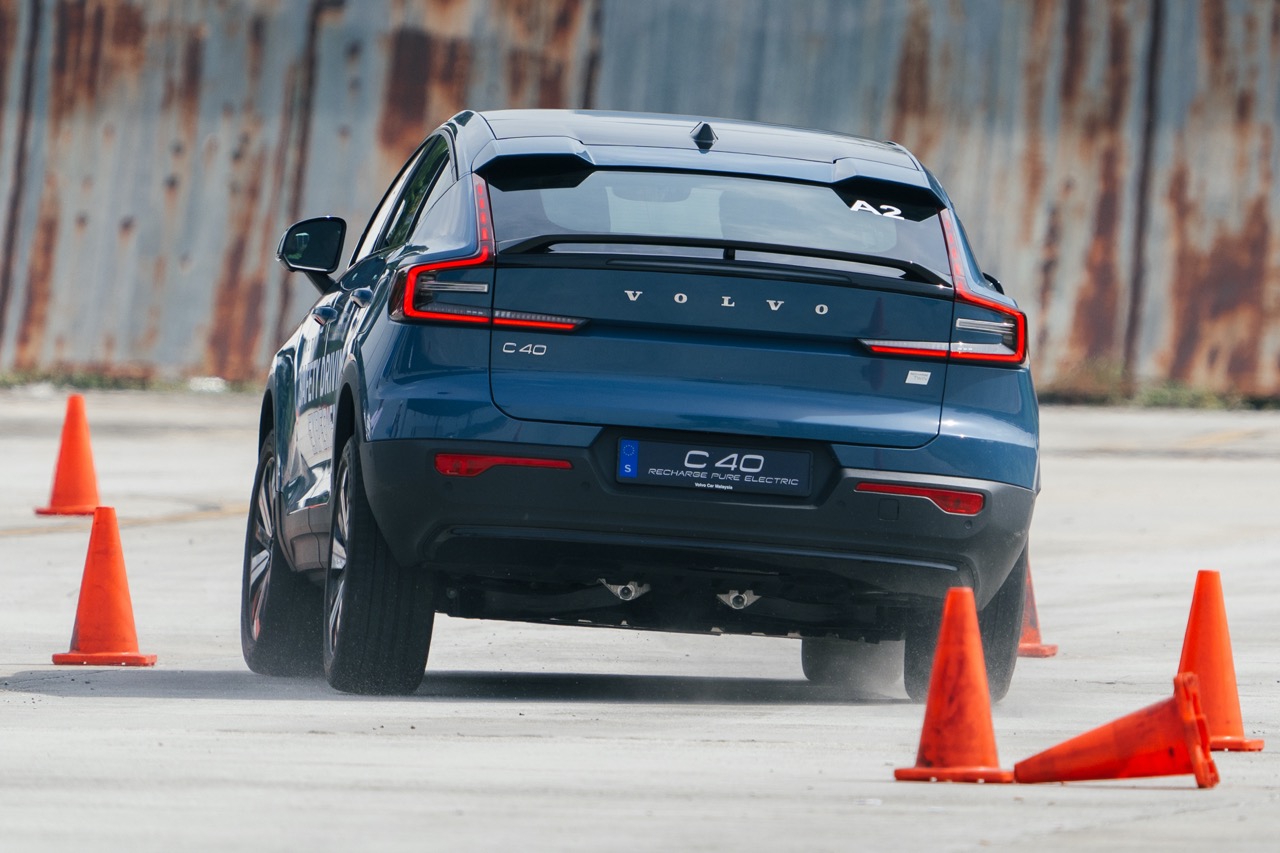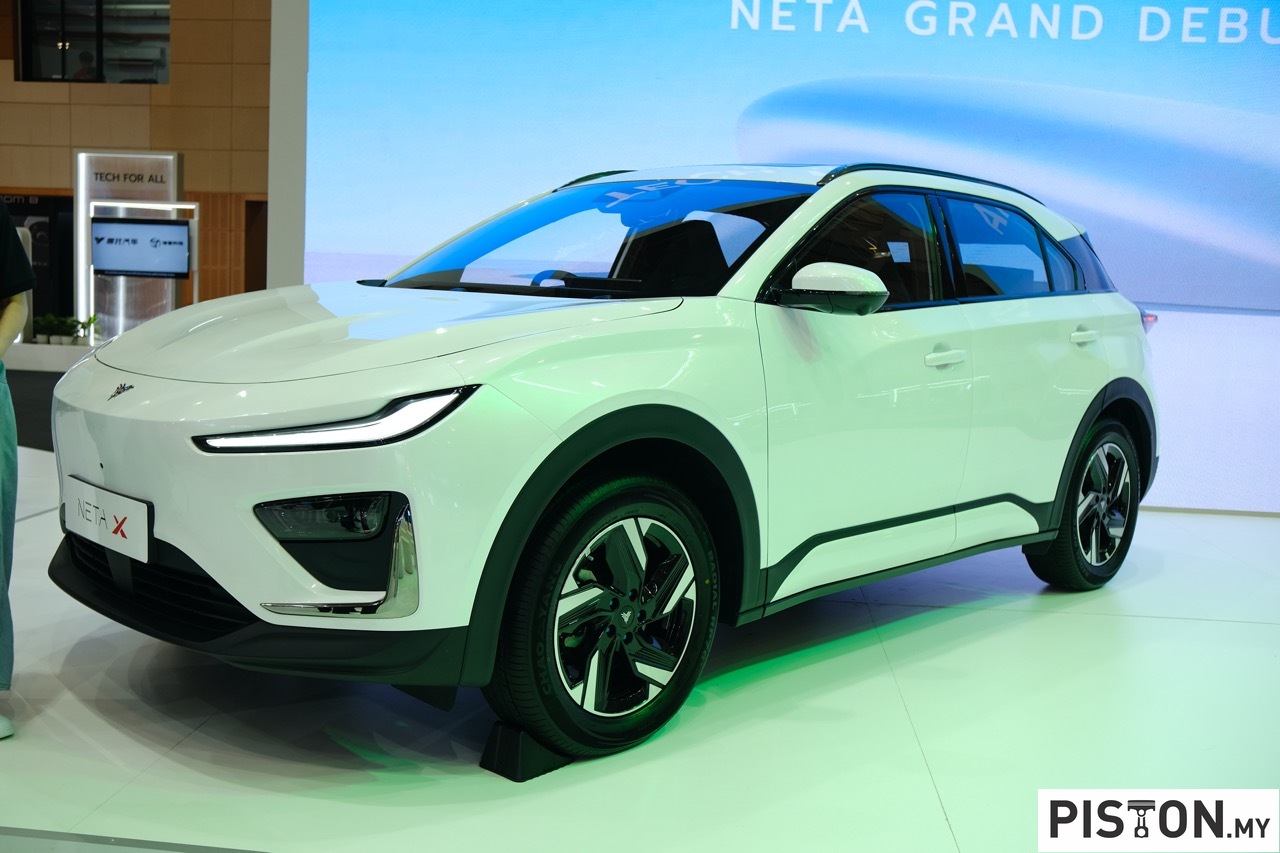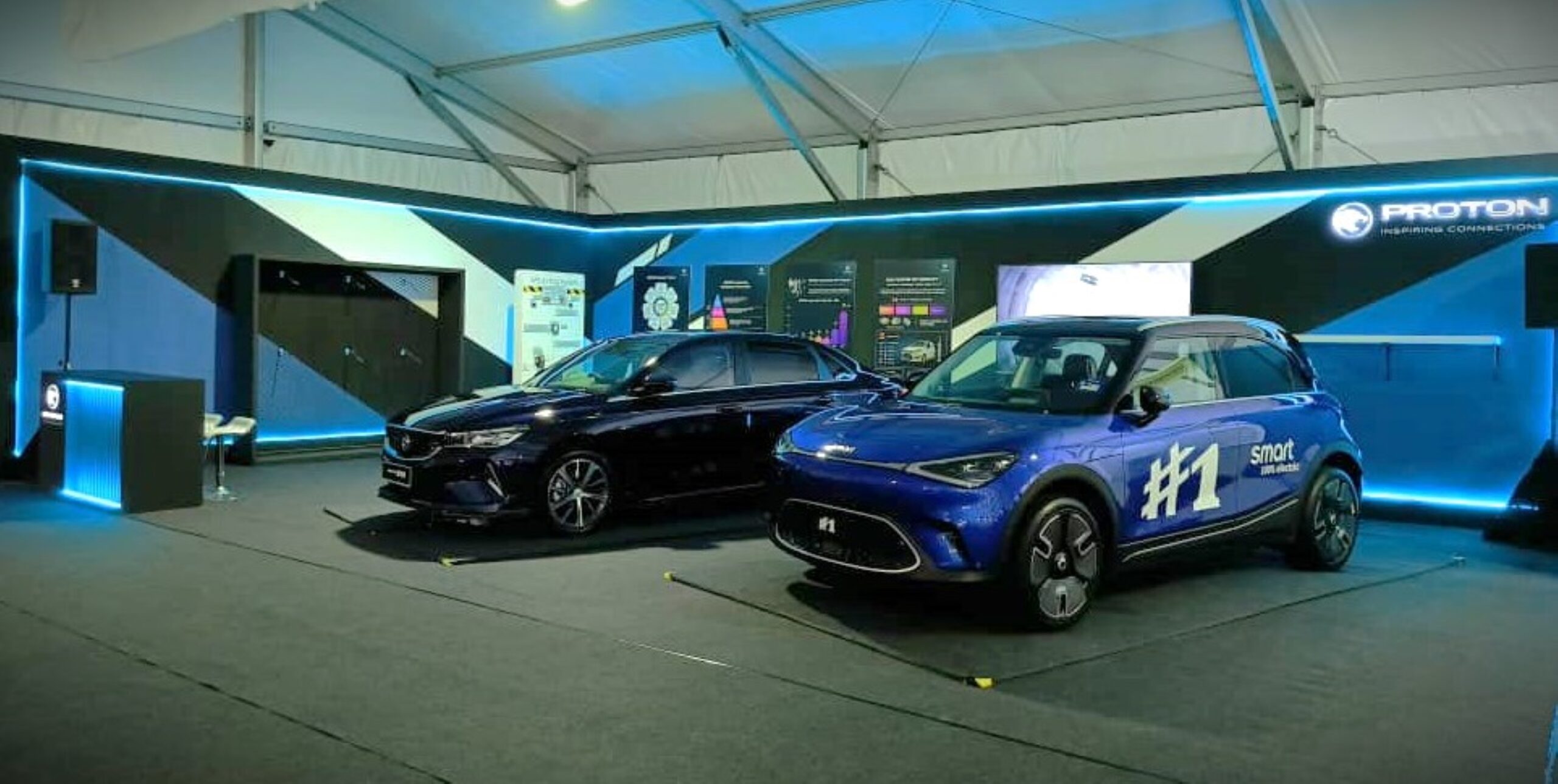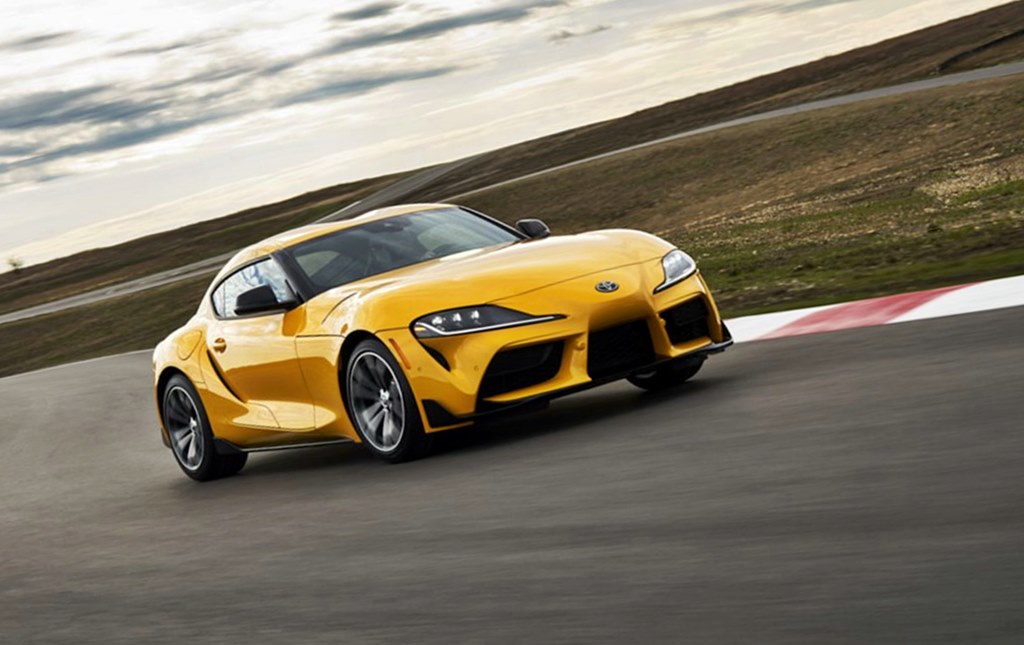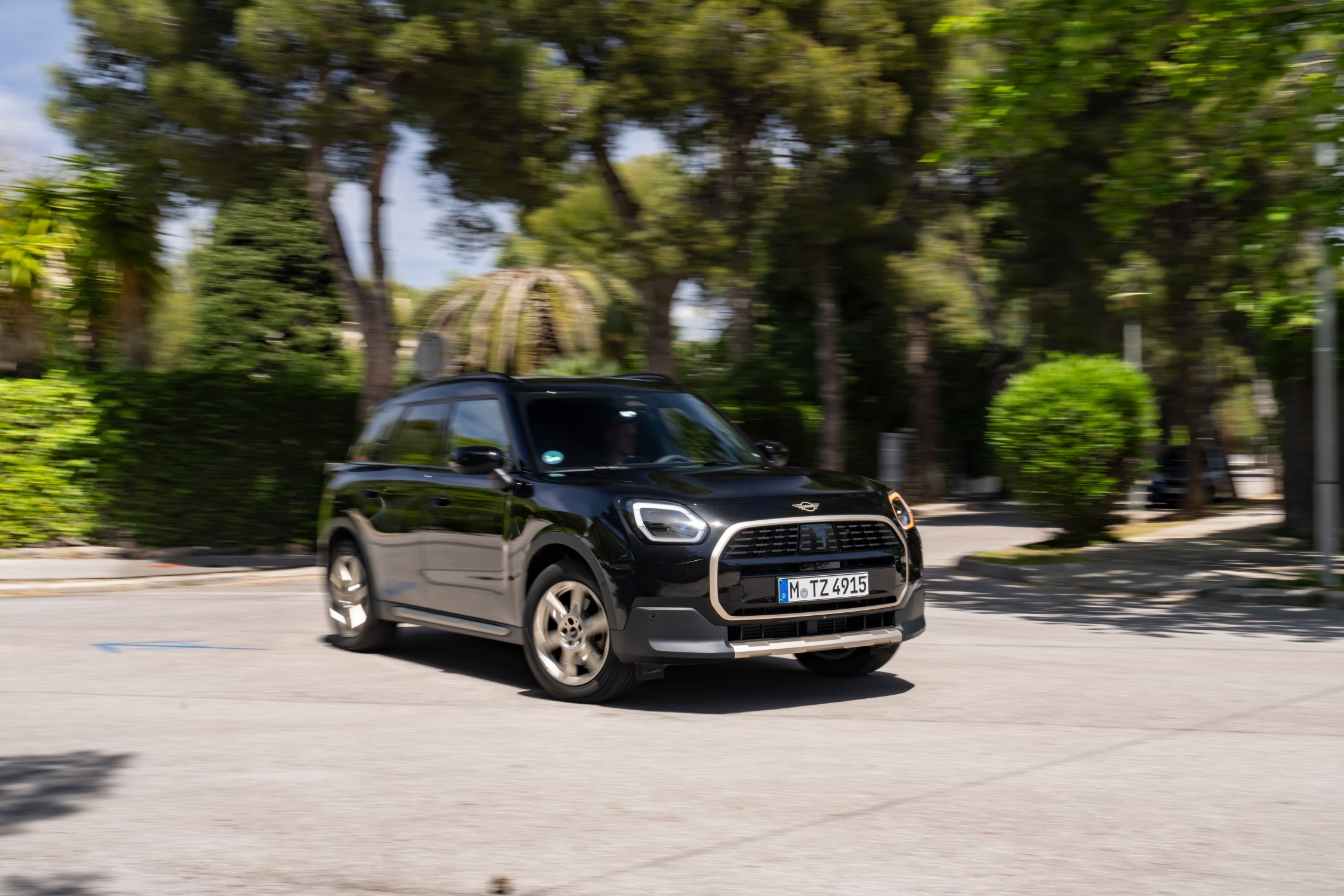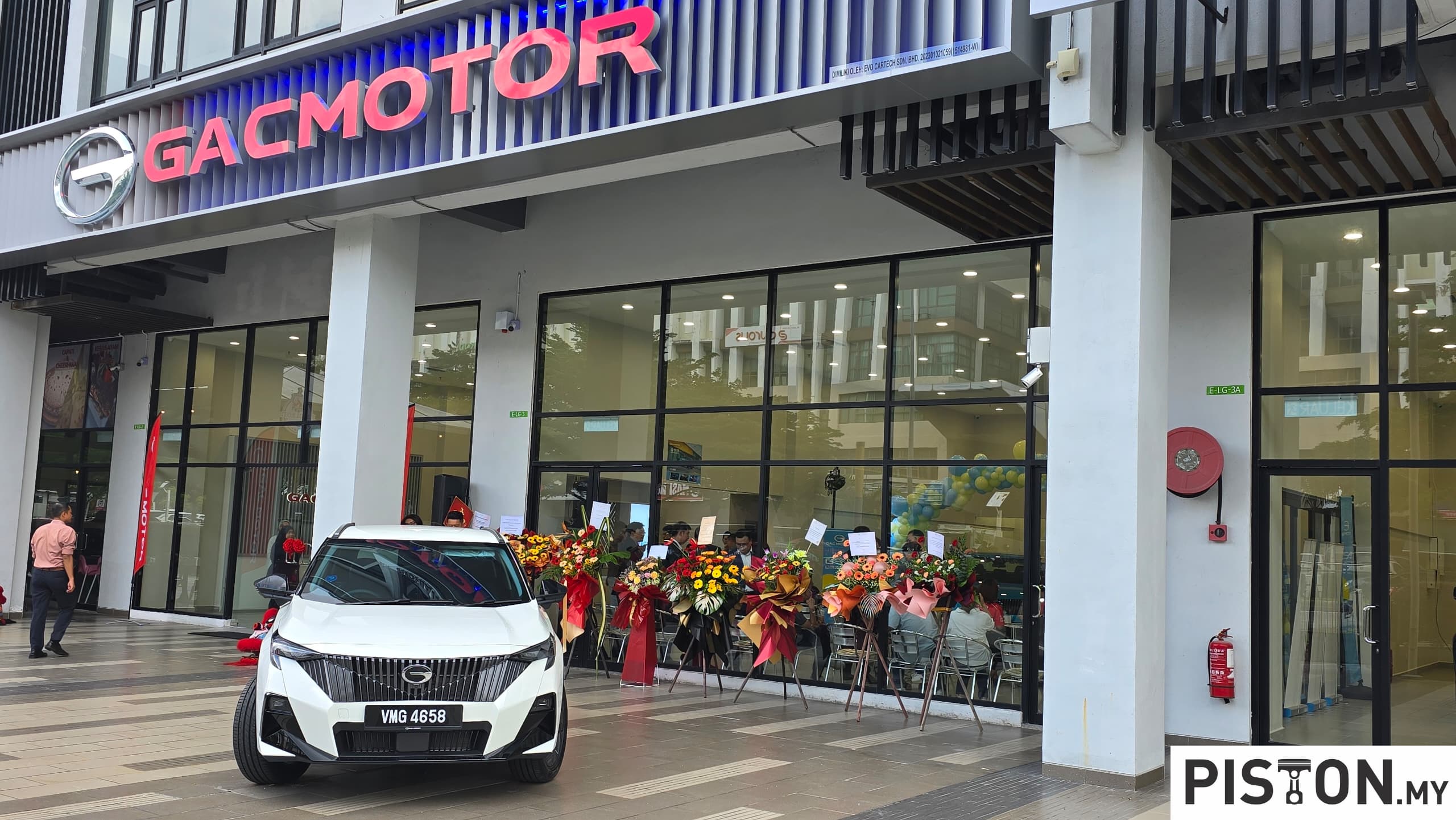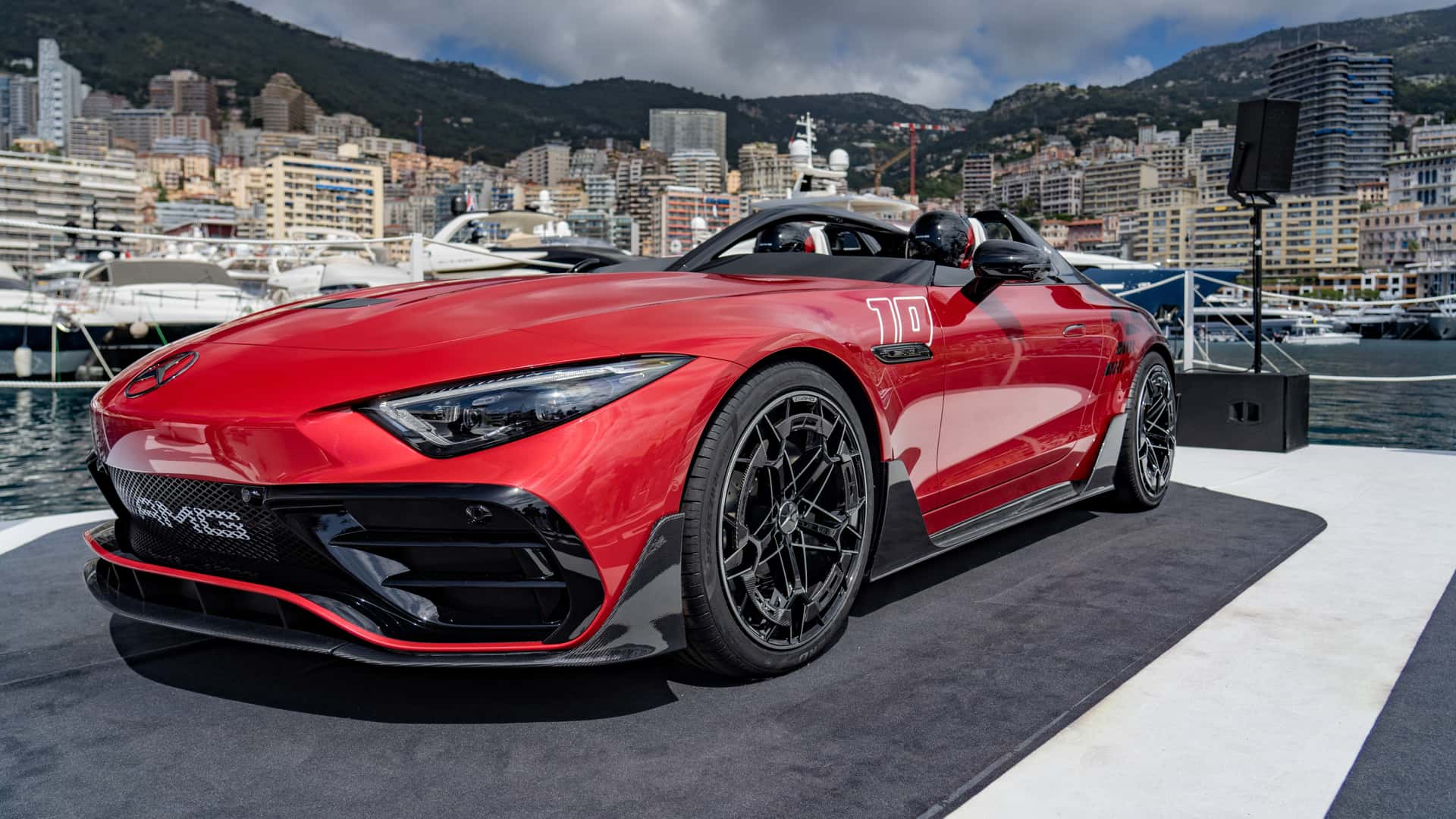The year 2024 is not a good time to be a car fan. Sure, you have some mega cars from the likes of Bugatti, Ferrari, Porsche and Aston Martin, but you have to have some deep pockets to be able to indulge in those.
The advent of technology has made it possible to create stratospheric power and aerospace levels of aerodynamics to ensure a car never leaves the ground. But all of this comes at a price, figures that would leave some rich folks short of breath.
On the other hand, the 90s and the noughties were probably the best times for car fans. Technologies from the 80s such as turbochargers and all-wheel-drive systems had been perfected and came together to create such monstrosities as the Nissan GT-R, the Lancia Delta Integrale and even Audi’s RS series of power-mobiles.
And car companies thought of the regular man as well. Ford created the Focus RS, Renault had the mighty Clio, Peugeot with its 308, Mazda its MX-5 and Honda had its Type R. Closer to home, even Proton had something that just about anyone could appreciate – the beloved Satria GTi.
And then something changed somewhere.
In the ever-evolving world of automotive tech, cars needed to produce more power, be faster, look better and stick to the road like a lizard to the wall. And unfortunately, this meant that cars that were once fun and affordable had become more expensive because evolution requires tech and tech is not cheap.
We wouldn’t go so far as to say that electric car’s stole all the fun, but there does lie some blame there. But that’s a debate for another time.
Back tracking to the time when cars were cheap and cheerful, the Civic Type R (CTR) was introduced in 1997 and was based on the EK9 Civic. While some of its competitors relied on force induction to create massive power, Honda went a different route and refined its popular VTEC technology.
The B16B engine of the EK9 Civic is still one of the finest small displacements, naturally-aspirated engines ever made and is still highly sought after by enthusiasts. It created most of its power at the upper end of the 8000rpm redline, which meant that you had to keep the engine on the boil to extract every bit of horsepower. That combined with a livewire chassis and grippy tyres provided a driving experience that is extinct in today’s cars.
Then came the evolution of Type R models such as the Integra Type R models with legends such as the DC2 and DC5. Arguably one of the most memorable of the Civic Type R’s is the 2007 FD2 which was very much a race car for the road with its ultra-stiff suspension, specially developed tyres and once again, an engine that screamed so loud that it would put your former lover to shame.
The subsequent iterations were softened a little as European legislations creeped in. Things like carbon and noise emissions began to threaten the purity of the Type R brand, but fortunately we Asians got none of those models except for in the parallel import market.
Then came the Civic Type R FK8R. It was the second CTR model that came with a turbo engine after the FK2. And despite being developed in Europe, it was heavenly.
But it was unlike older CTR’s, it was heavy, came with adaptive suspension and drive modes, and it was comfortable, a word that could never be used in the same sentence as a Honda Type R.
It did not forget the driver though, for the initiated, it offered one of the greatest manual gearboxes ever made and the turbocharger complemented Honda’s VTEC system perfectly.
Fans of Honda’s naturally-aspirated engines had a hard time faulting it. It also became the fastest front-wheel-drive car to lap the legendary Nurburgring-Nordschleiffe in Germany.
And just when fans and enthusiasts thought that it could not get any better, Honda took the wraps off the Civic Type R FL5 – arguably the greatest Type R, ever.
The new CTR FL5 shares a lot with its predecessors, particularly the powertrain and suspension components.
But while the older model had aggressive styling such as the double spoilers, fins and wings that just looked rude, the newer model is refined and socially acceptable. It looks more matured with its styling, which is every bit as functional. In fact, at 200km/h, the design of the CTR FL5 generates 100kg of downforce to further push the car down to maximise grip.
Just like before, there are several vents and fins that channel air in and around the car to also keep things like the engine and brakes cool.
The real spectacle though is inside the car and in the way it drives.
Current Honda Civic owners will find the interior to be quite familiar, but that is to be expected considering that all Type R’s are built upon the base Civics. So, your Civic Hybrid has the same dashboard as the Type R, except that the Type R has and only comes with a six-speed manual gearbox. So, you could spend RM80,000 on a body kit for your Civic, but it will never be a Type R.
On the topic of manual transmissions, the gear knob in the old FK8 is circular and made of aluminium. The one in the FL5 is also made of aluminium but is shaped like a teardrop and it weighs 230 grammes more.
The reason behind the heavier gearknob is that Honda apparently figured that by adding more weight to the knob, it makes the shifts feel more natural, sleeker even. And after jumping into the FL5 after hours behind the wheel of the FK8, the shifts are buttery and precise.
The steering column too has been reworked and this makes it feel lighter, faster and more communicative at the same time. The Alcantara wrapped steering wheel is always twitching and chatting with your palms, sending little nuggets of information back to your brain about what is happening with the tyres.
In comparison, the steering of the FK8 feels heavy and dull.
The real show begins when you drive. Both cars have drive modes – Comfort, Sport and R. But the newer CTR has an individual mode that lets you customise how you want the car to feel, you can have the suspension set to comfortable, the steering set to sport and the engine set for maximum response.
The new car also feels more eager to get off the line. Both are powered by the same 2.0-litre, four-cylinder, turbo-VTEC engine, except that the new CTR produces 319 and 420Nm while the previous one offered 310PS and 400Nm.
That’s not a lot of power difference but the FL5 has other tricks up its sleeves. The turbocharger for one has been re-engineered and now responds quicker. The flywheel is also 18% lighter and this helps to reduce inertia by 25%, which ultimately results in a car that feels more eager and accelerates harder.
In terms of numbers, the new model reaches 100km/h from a dead stop in just 5.5 seconds, while its predecessor took 5.7. You may think that 0.2 seconds can barely be felt, but the FL5 just feels wilder from the moment you take your foot off the clutch.
The FL5 is a bigger car too, much bigger than a Golf R or a Mercedes-Benz A45S AMG, and perhaps closer in size to a BMW 3-Series. But in Sport or R mode, it dances at the edge of grip and rarely feels like it is about to edge into an understeer.
Some describe the FL5 as a grip gorilla; we can understand why as it can charge into corners with the rear neatly tucked in and slingshot out where previous models would just slide into the barriers when you overload the tyres.
But you can also take it easy with the new CTR, and that makes us think that Honda has made a sports car for those 90s kid that are growing old but never want to grow up. These people need space for the family, so Honda fitted a huge booth with foldable rear seats.
These people also need space for the family, so the rear seats come with ISOFIX mounts and cupholders. They need to keep the family comfortable, so the suspension does a great job at keep the occupants comfortable, though the very audible tyre roar is a clear indication of what this car really is underneath.
And on Sundays when the kids and the wife are asleep, these people wake up at 6am to go barrelling down their favourite roads with the rev-match function making them feel like driving gods as they carve corner after corner, appreciating the decades of engineering that has gone into making one of the finest driver’s cars this decade has seen.
By 11am, they are back with the family, and the car has mellowed down and is ready for Sunday lunch with the family at the local banana leaf shop. On the way, the wireless Apple Carplay or wired Android Auto keeps the occupants entertained. There are safety systems to keep the family secure while features like adaptive cruise control and ultra-comfortable sport bucket seats make long journeys bearable.
It is a pity that the world has evolved into a place where such cars may soon go the way of the Dodo, but we can all be thankful that there are manufacturers like Honda who still care about driving pleasure. The only thing that stands in the way is the RM399,900 asking price.
Specifications:
Engine: 2.0-litre, 4-cylinder, VTEC, Turbo
Power: 319PS @ 6500rpm
Torque: 420Nm @ 2600rpm
0-100: 5.5 seconds
Top speed: 272km/h (Limited)
Price (As Tested): RM399,900
We like: Everything
We don’t like: Might be the last of the fun Honda cars



